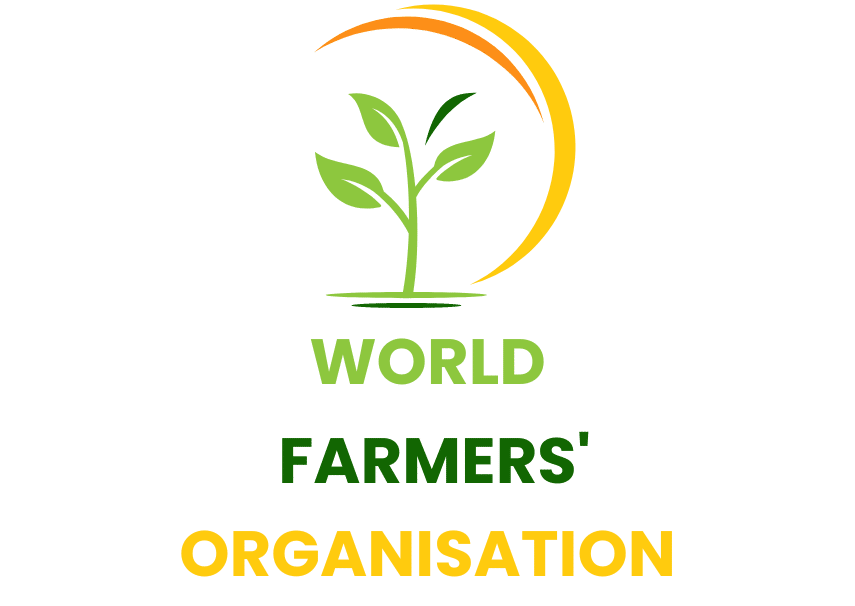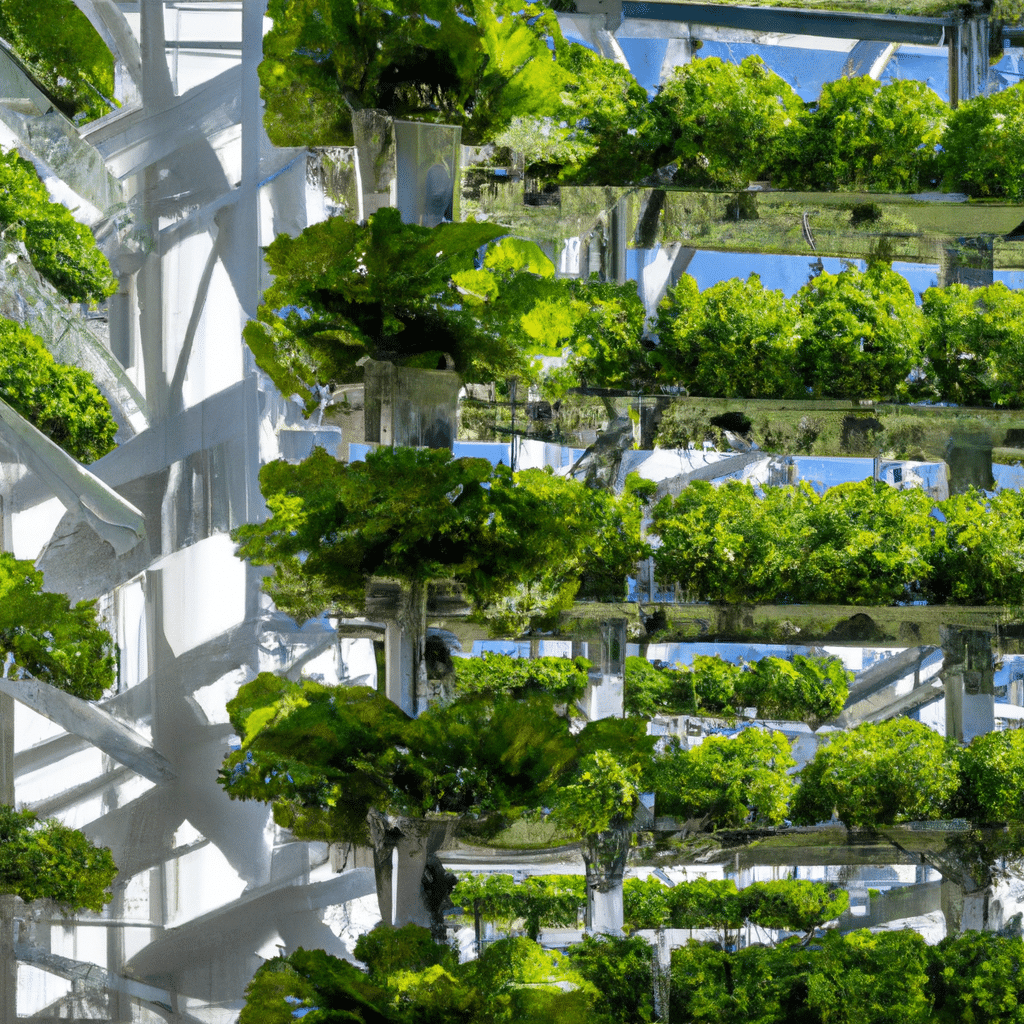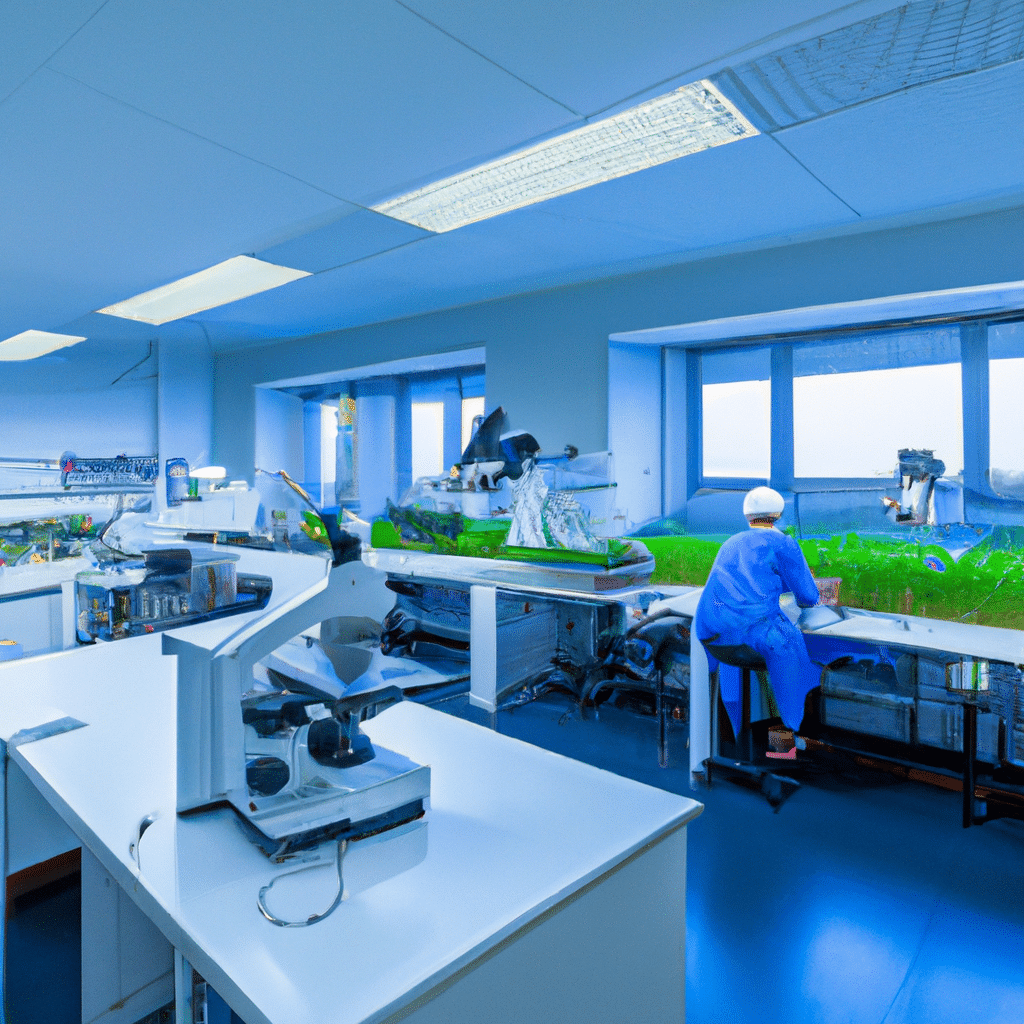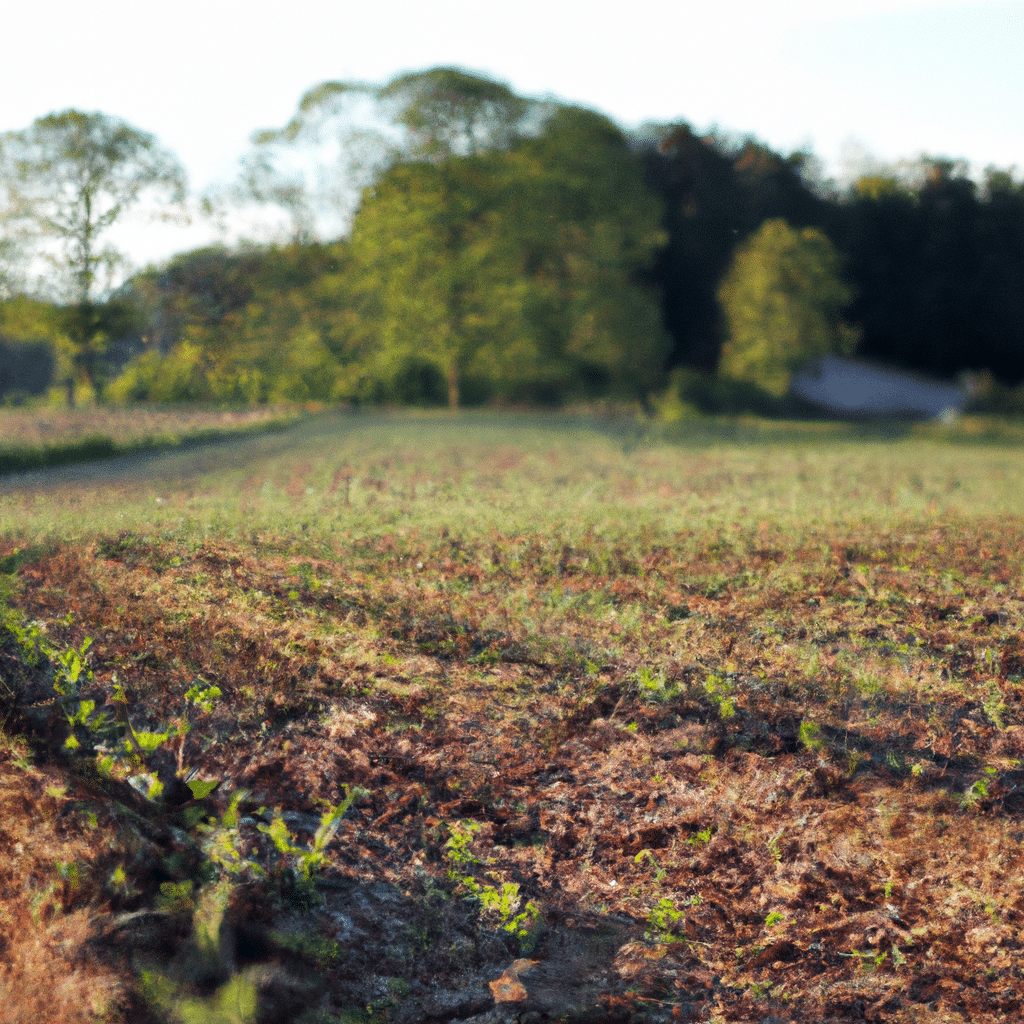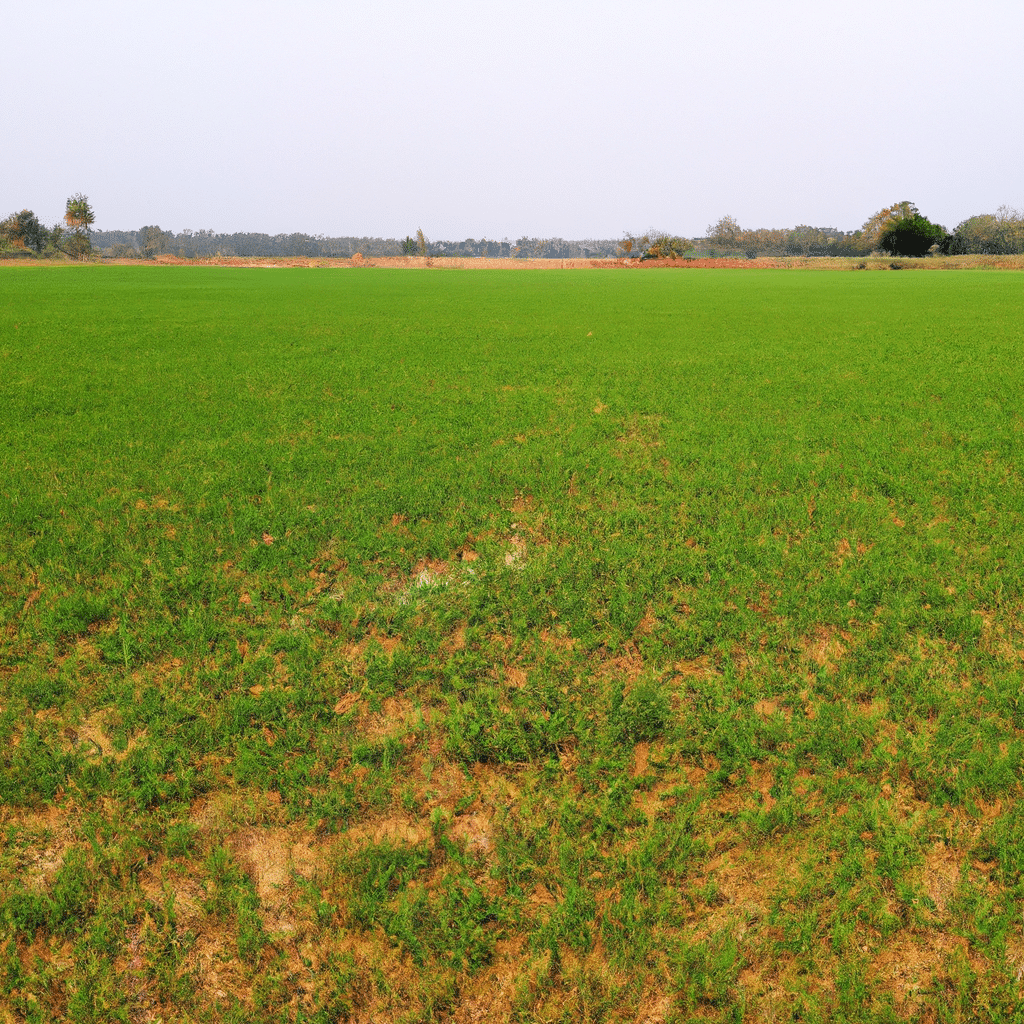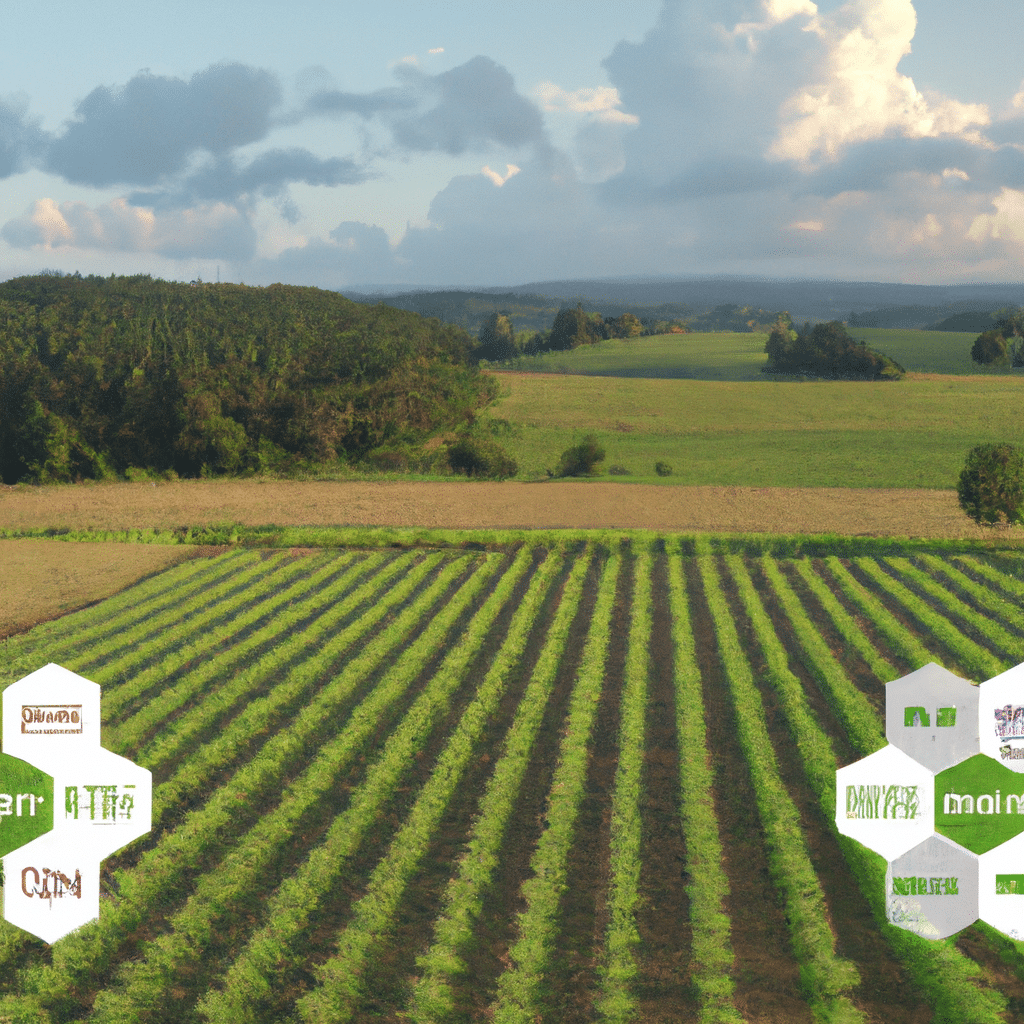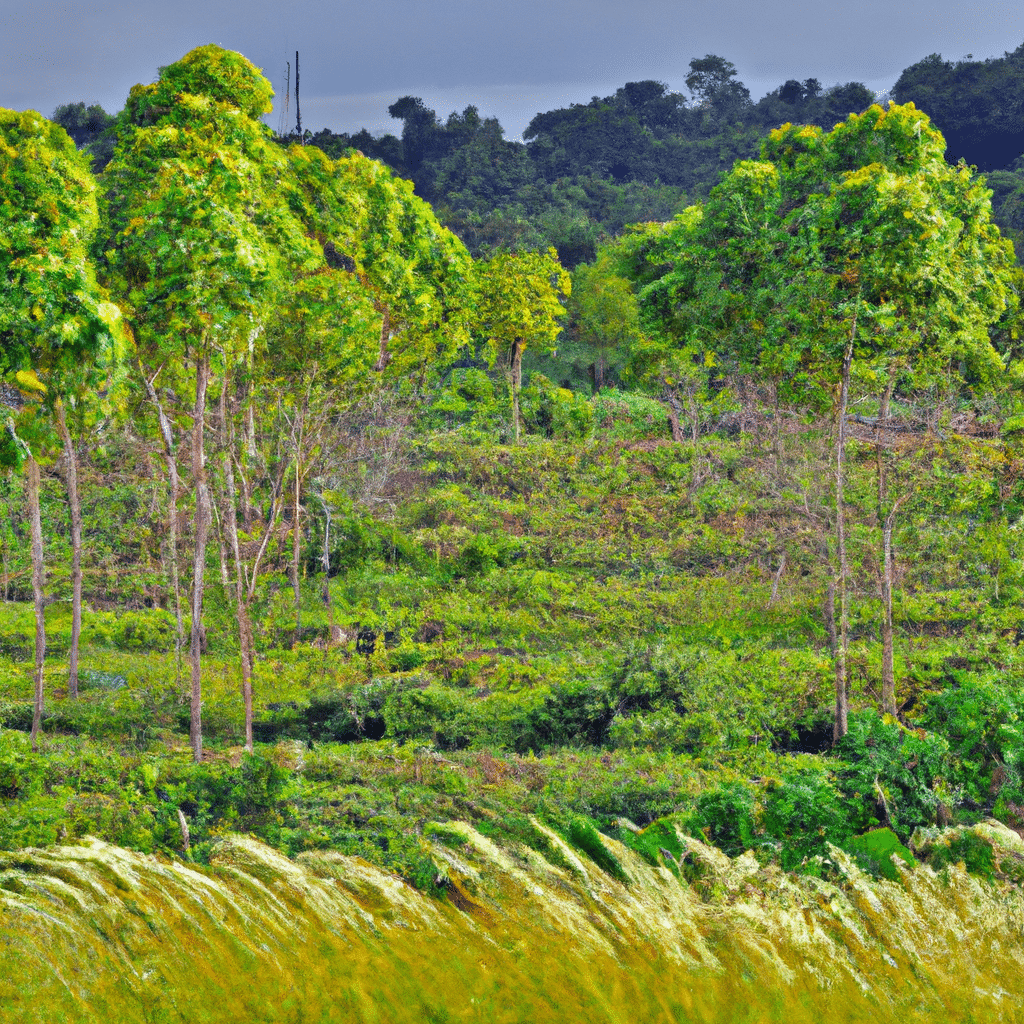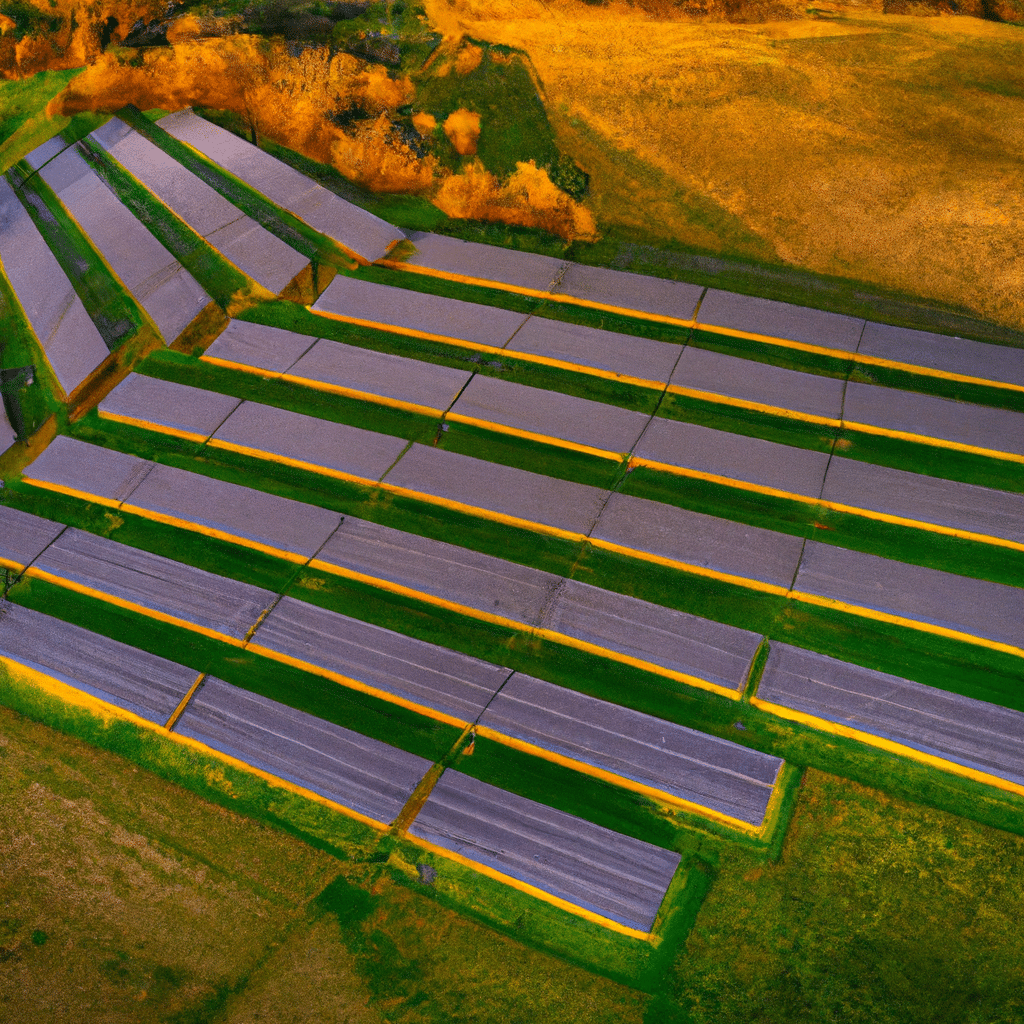Climate change has become an undeniable reality, with its effects being felt across the globe. One of the most significant impacts is the reshaping of crop patterns. As temperatures rise and weather patterns become more erratic, farmers and agricultural communities are facing unprecedented challenges. In this article, we will explore the surprising ways climate change is reshaping crop patterns and the implications it has for food production and global food security.
Understanding Climate Change and its Impact on Crops
Climate change refers to long-term shifts in weather patterns and average temperatures attributed to human activities, primarily the burning of fossil fuels. These activities have led to an increase in greenhouse gas emissions, trapping heat in the Earth’s atmosphere and causing global warming.
The impact of climate change on crops is multifaceted. Rising temperatures, changes in precipitation patterns, increased frequency of extreme weather events such as droughts and floods, and the spread of pests and diseases all contribute to the reshaping of crop patterns.
Shifts in Growing Seasons
One of the most noticeable effects of climate change on crop patterns is the shifting of growing seasons. Warmer temperatures cause crops to mature earlier, disrupting traditional planting and harvesting schedules. Conversely, in some regions, extended growing seasons allow for multiple crop cycles, leading to increased yields.
However, these shifts in growing seasons also create challenges for farmers. Sudden temperature fluctuations and unseasonal weather events can damage crops during vulnerable stages of growth. This uncertainty poses risks to food production and farmers’ livelihoods.
Changes in Precipitation Patterns
Climate change also alters precipitation patterns, impacting crop growth and water availability. Some regions experience increased rainfall, leading to waterlogging and soil erosion, while others face prolonged droughts, jeopardizing crop survival.
In areas with increased rainfall, farmers must adopt strategies to manage excess moisture, such as improved drainage systems and the use of suitable crop varieties. Conversely, regions experiencing drought conditions require innovative irrigation techniques and drought-resistant crop varieties to maintain productivity.
Pests and Diseases on the Rise
Rising temperatures and changing weather patterns create favorable conditions for the proliferation of pests and diseases. Insects and pathogens that were once limited to specific regions are expanding their range, posing significant threats to crops.
Farmers now face the challenge of combatting new pests and diseases, often requiring increased pesticide use and the development of resistant crop varieties. These measures, however, come with their own environmental and health concerns.
Crop Diversity and Adaptation
As climate change reshapes crop patterns, there is a growing emphasis on crop diversity and adaptation. Traditional crop varieties that have been cultivated for generations may no longer be suitable for changing conditions. Farmers are exploring alternative crops and crop varieties that are more resilient to climate change.
The adoption of climate-smart agricultural practices, such as conservation agriculture, agroforestry, and precision farming, can help mitigate some of the adverse effects of climate change. These practices prioritize sustainable land management, resource conservation, and the protection of ecosystem services.
Implications for Food Security
Climate change-induced shifts in crop patterns have far-reaching implications for global food security. As agricultural systems adapt to changing conditions, some regions may experience decreased crop yields and reduced food availability. This could exacerbate existing food insecurity and increase the vulnerability of marginalized populations.
Furthermore, the economic impact of climate change on agriculture can disrupt local and global food supply chains. Higher production costs, loss of crops due to extreme weather events, and market volatility all contribute to price fluctuations and food price inflation.
Conclusion
In conclusion, climate change is undeniably reshaping crop patterns in unforeseen ways. The shifts in growing seasons, changes in precipitation patterns, increasing pest and disease pressures, and the need for crop diversity and adaptation all pose significant challenges to farmers and global food security.
To address these challenges, a comprehensive approach is required. Governments, policymakers, and agricultural communities must collaborate to develop and implement sustainable agricultural practices, invest in research and development of climate-resilient crops, and prioritize the conservation of natural resources.
By acknowledging the surprising ways climate change is reshaping crop patterns, we can work towards a more sustainable and resilient future for our agricultural systems and ensure food security for generations to come.
